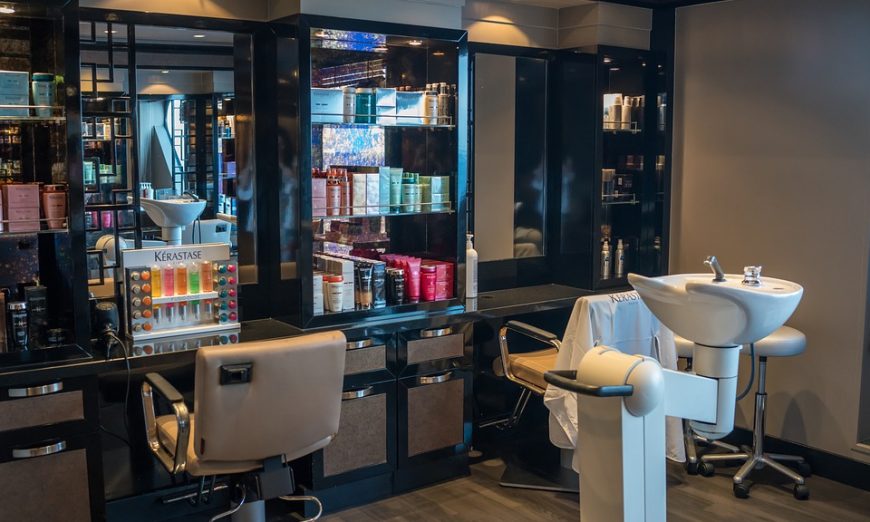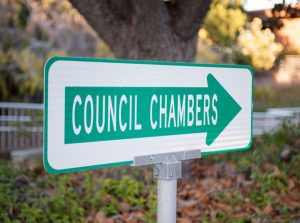The State of California is retiring the State Monitoring List, which was one list that counties were on if they met certain COVID-19-related criteria and moving towards a new tiered list with four tiers based on a county’s risk level.
The color-coded four tiers are purple, red, orange, and yellow. No green tier. If a county is currently on the Monitoring List, it is assigned to the purple tier. Santa Clara County is currently on the Monitoring List which means we would most likely be in the purple level with the most restrictions.
However, even on the purple level, some changes have been made. On the previous Monitoring List, hair salons could only operate outdoors, and malls were closed for indoor operation. However, even on the equivalent purple tier, hair salons are allowed to reopen as of Monday, Aug. 31. Additionally, malls and shopping centers can open with an indoor capacity limit of 25 percent. Common areas and food courts will be closed. Santa Clara County has yet to make a statement on how and when these sectors will reopen locally.
The system switch doesn’t change much for schools. Once a county is in the red tier, school districts in that county will still have to wait two weeks to reopen schools for in-person instruction. Or, they can apply for a waiver if they’re in the purple tier but meet certain criteria.
As counties move through the tiers, they may reopen more sectors in more ways, with modifications. Modifications are the same: social distancing and face coverings.
Counties will be assigned a tier on Monday, Aug. 31 and the first assessment to reassign tiers will be on Tuesday, Sept. 8 and will happen weekly every Tuesday.
The tier a county is assigned to depends on the county’s case rate and their test positivity rate. Each tier has its own criteria. Also, the new criteria use daily case rates while the old system used case and hospitalization data over two weeks.
To be able to move between tiers, a county must have case rate and positivity rate stability and meet the criteria for the less restrictive tier for two weeks. And in a big change from the previous system, there is now a mandatory 21-day wait time between tier moves. Counties can only move one tier at a time.
Dr. Mark Ghaly, the State’s Secretary of Health and Human Services Agency, said when a county is assigned a tier on Monday, they can expect to be on that tier for at least three weeks.
On the other hand, a county will have to move back to a more restrictive tier if they don’t meet the criteria for two straight weeks.
Governor Gavin Newsom said this new system is supposed to be more dynamic than the current Monitoring List. He also said the four-tier list is simpler in many ways since it doesn’t vary between the 58 counties.
According to Newsom, to be simpler, the new system relies on only two data points — case rate and positivity rate. The old system used those data points in addition to ICU and hospitalization rates. Dr. Ghaly says hospital numbers are still very reliable, but case numbers are early numbers, which make them useful for this purpose.
However, there are emergency breaks. If a county’s hospital system gets overwhelmed, then they can work with the State to make immediate changes to pause or take a step back.
Additionally, Dr. Ghaly announced a new website which is now live. At covid19.ca.gov you can check your county’s status as well as the status of specific sectors and in what capacity they are allowed to be open. However, this also depends on local County Health Orders.












0 comments